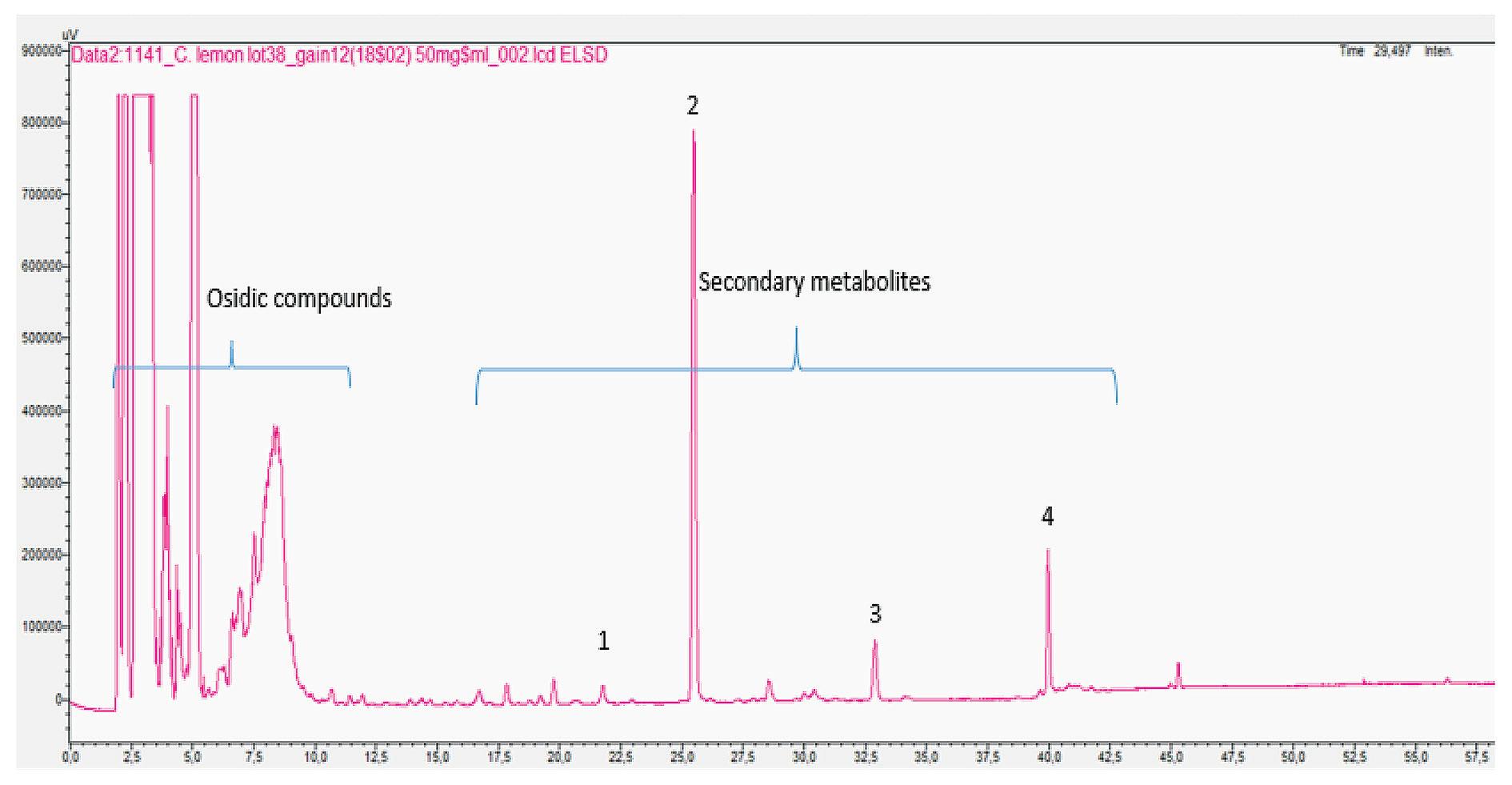14
Vacuum or pressure: Which is the better density control solution? Rob Strathman, Famsun-USA Design and Engineering
Sinking aquafeed pellets allow bottom-dwelling aquatic species to quickly locate and consume their meal before it disintegrates into water pollutants or is otherwise consumed by opportunistic scavengers. Cooking and compressing the feed ingredients into sufficiently dense pellets during extrusion, however, is often challenging. There are multiple operational techniques and pieces of hardware employed to maximize the bulk density of sinking products. However, two extruder add-on devices can provide variable density control and are commonly used within the industry. One such control system uses a mid-barrel vacuum system, while the other uses an end of the barrel pressure chamber. But the question we are frequently asked is, which is the most effective? The underlying operating principle of both systems is to alter the melt's water vapor pressure force as it passes through the extruder die. The melt is the raw material after it transitions from a crystalline structure into a viscoelastic fluid near the extruder die. Water vapor pressure is a function of the melt temperature, which ranges from 100 to 150°C for most extruded aquafeeds. As can be found on a saturated steam chart, water within this temperature range
experiences a corresponding vapor pressure of 1.0 to 4.8 bar. The water vapor pressure, not the commonly misconceived die pressure, is the driving force behind product expansion. Therefore, it may seem logical that dense feeds would require a low melt temperature, while highly expanded floating feeds could operate at higher temperatures. Although reducing the melt temperature is a proper technique for controlling expansion, if it is too low, it often results in more significant challenges: uncooked starch and easily broken pellets. This set of counterintuitive conditions are the compelling reasons why these systems are beneficial and often necessary when extruding certain sinking feed products. The Vacuum-Density Control System (V-DCS), see Figure 1, functions by allowing high levels of both thermal and mechanical energy to be applied earlyon in the extruder barrel. A vacuum port, located more than halfway down the barrel, then degasses or removes a portion of the high-energy water vapor from the melt. This approach first gelatinizes the starch and then cools the melt before it exits the die. The result is a denser and more durable pellet. Pressure-Density Control Systems (P-DCS), see Figure 2, use compressed air to pressurize a die encapsulating
Figure 1. An extruder equipped with a Vacuum-Density Control System.
Aquafeed: Advances in Processing & Formulation Vol 13 Issue 2 2021











